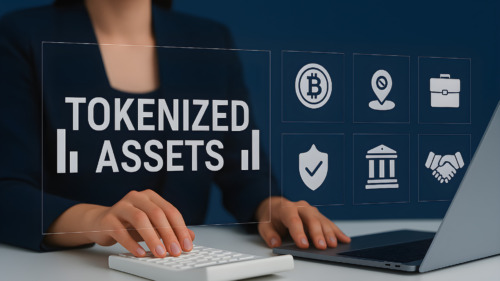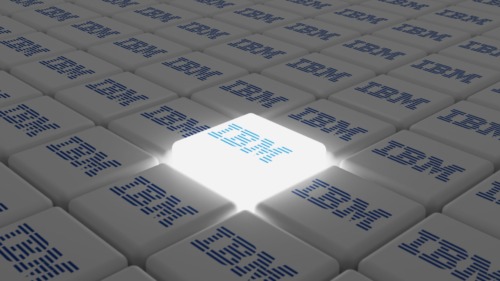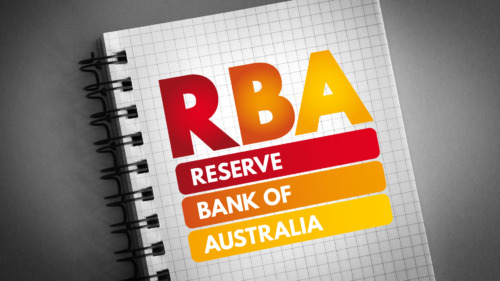Singapore MAS Rolls Out New Frameworks for Asset Tokenisation

- Singapore have become global leaders in the Web3 space, with the country’s key financial regulators conducting several tests honing on tokenisation.
- Speaking at Singapore’s Layer One Summit, a rep from the MAS divulged the successes of the study, noting that several financial institutions have benefited from implementing real-world assets.
- The speech by MAS Deputy Managing Director Leong Sing Chiong also addressed scalability and interoperability issues that currently exist within the tokenisation space.
- MAS has developed a standardised, “non-prescriptive” framework to help companies improve interoperability and reduce adoption costs.
Singapore is continuing to build its reputation as an Asian hub for crypto, with the nation’s leading financial regulators looking to bring tokenisation to the masses. Real world assets (RWA) has been one of crypto’s hottest sectors of late, with governments and institutions experimenting with the benefits of tokenisation.
Speaking at a Layer One Summit yesterday, a representative from Singapore’s Monetary Authority of Singapore (MAS) spoke to the potential of tokenisation and the nation’s RWA strategy going forward.
Related: Chainlink Sees Flurry of Adoption with Integrations Across 14 Blockchains
Tokenisation Programs a Success – Can “Greatly Reduce Operational Risks and Costs”
The keynote speech delivered by the MAS’ Deputy Managing Director Leong Sing Chiong addressed the success of Project Guardian, a study on tokenisation conducted by the country’s regulators.
Project Guardian analysed tokenisation – particularly with regards to ForEx and on-chain funds – across multiple nations, currencies and companies, including Chainlink, UBS, ANZ and Ant International.
UBS and Swift, in partnership with Chainlink, are collaborating on an end-to-end payment…to automate fund subscription and redemption process…The industry trial showcases that tokenisation can automate [these] processes, provide real-time update on payment status…[and] greatly reduce operational risks and costs.
 Monetary Authority Singapore’s Deputy Managing Director, Leong Sing Chiong
Monetary Authority Singapore’s Deputy Managing Director, Leong Sing Chiong Chiong touched upon real-world situations where tokenisation could be a powerful asset for investors, institutions and other financial service providers.
Imagine a scenario where a corporate treasury can initiate and receive payments around the clock, seamlessly bridging across multiple locations in an increasingly global business landscape…This is precisely what Ant International [a global commerce company] is striving to achieve.
 Monetary Authority Singapore’s Deputy Managing Director, Leong Sing Chiong
Monetary Authority Singapore’s Deputy Managing Director, Leong Sing Chiong CBDC Testnet Unveiled, Financial Institutions Encouraged to Join MAS Testing and Bring Tokenisation to the Masses
Despite the positivity, Chiong noted one of the biggest barriers for tokenisation is scalability.
For tokenisation to scale and achieve industry wide adoption, we need to see tokenised activity span across assets, across key currencies, across networks and also to interoperate with existing systems.
 Monetary Authority Singapore’s Deputy Managing Director, Leong Sing Chiong
Monetary Authority Singapore’s Deputy Managing Director, Leong Sing Chiong But the MAS has a plan.
To start, the team has developed tokenisation frameworks that can improve interoperability among international organisations that typically employ private guidelines. MAS believes that standardised frameworks will help reduce costs and improve integration for Web3 technologies.
The Singaporean regulators have also launched their native Layer One Chain, and are adding big-name financial companies to its ecosystem to achieve scalability. HSBC, Citibank, JPMorgan are just some of the names already onboarded.
Additionally, MAS will initiate a Singapore Dollar (SGD) Testnet as part of its CBDC program, which will allow institutions to automate the sale of tokenised assets using on-chain fiat currencies, among other features.






